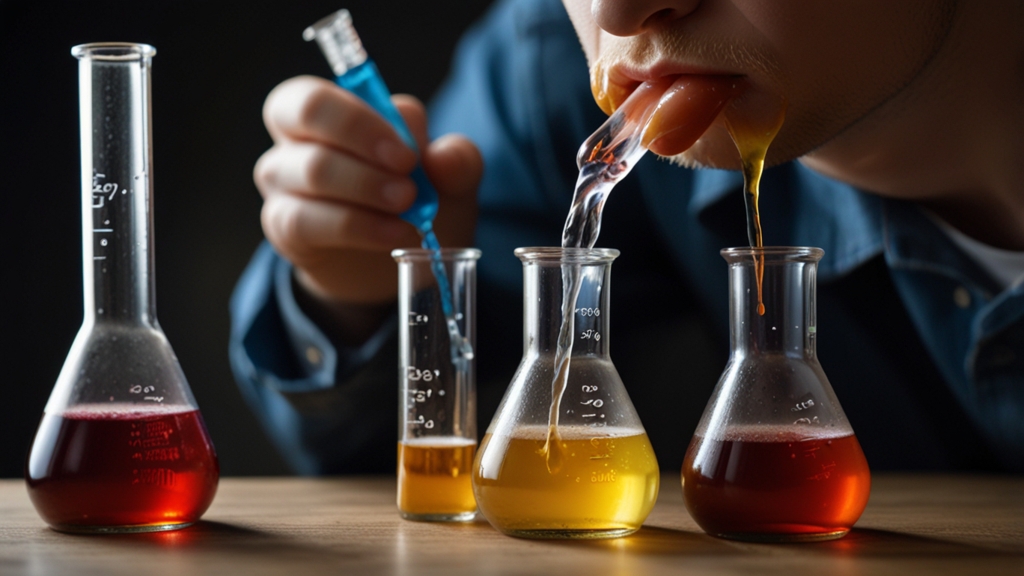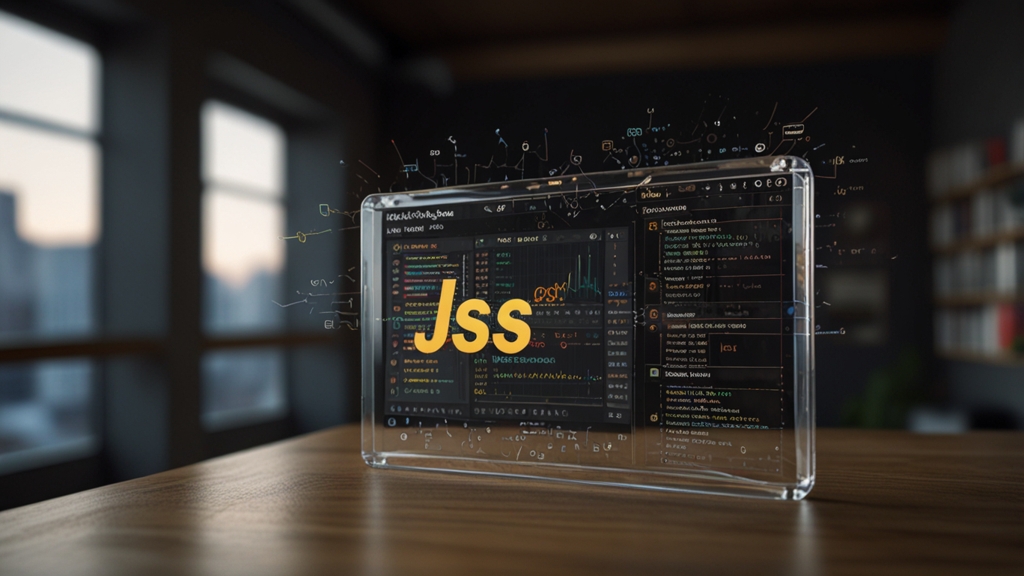Mind-Blowing Chemistry Experiments You Can Try at Home
Chemistry isn’t just something confined to laboratories with professionals donning white coats and safety goggles. Many fascinating experiments can be performed right in your kitchen, using ingredients you probably already have at home! Here we will explore several mind-blowing chemistry experiments you can try that are both educational and entertaining. Remember to always follow safety guidelines and have adult supervision when needed.
1. The Magic of Baking Soda and Vinegar
One of the simplest yet most spectacular chemistry experiments involves the reaction between baking soda and vinegar. When combined, these two common kitchen ingredients create a chemical reaction that produces carbon dioxide gas, leading to fizzing and bubbling.
Materials Needed: Baking soda, vinegar, a small container, and food coloring (optional).
Instructions:
1. Fill the small container with a few tablespoons of vinegar.
2. Add a few drops of food coloring to the vinegar if you want a colorful reaction.
3. Sprinkle a spoonful of baking soda into the vinegar and watch the magic happen!
This experiment is great for illustrating the concept of acid-base reactions and can be a springboard for further exploration into chemical reactions.
2. Rainbow Milk
This visually stunning experiment demonstrates the chemical reaction between soap and milk. It’s simple but endlessly fascinating to watch.
Materials Needed: A shallow dish, milk, food coloring, and liquid dish soap.
Instructions:
1. Pour milk into the shallow dish, enough to cover the bottom completely.
2. Add a few drops of different food coloring around the surface of the milk.
3. Dip a cotton swab in dish soap and then touch the tip to the center of the milk.
When the soap touches the milk, it breaks the surface tension and creates a swirling, colorful display as the food coloring spreads. This experiment can be a fun way to discuss molecular interactions and the properties of fats in milk.
3. Self-Inflating Balloon
Create a balloon that inflates on its own using just a few household items. This experiment illustrates the production of gas during a chemical reaction.
Materials Needed: A balloon, baking soda, vinegar, a plastic bottle, and a funnel.
Instructions:
1. Use the funnel to put a few tablespoons of baking soda into the balloon.
2. Pour vinegar into the plastic bottle until it is about one-third full.
3. Carefully stretch the balloon over the mouth of the bottle without spilling any baking soda into it.
4. Lift the balloon, allowing the baking soda to fall into the vinegar.
As the baking soda and vinegar react, carbon dioxide gas is produced, inflating the balloon. This experiment can lead to discussions on gases, pressure, and chemical reactions.
4. Invisible Ink
Channel your inner secret agent with this classic experiment using lemon juice to create invisible messages revealed by heat.
Materials Needed: Lemon juice, paper, a cotton swab or paintbrush, and a heat source (like an iron or a lamp).
Instructions:
1. Dip the cotton swab or paintbrush in lemon juice.
2. Write a message on the paper using the lemon juice.
3. Allow the paper to dry completely so the message becomes invisible.
4. To reveal the message, gently heat the paper by holding it near a light bulb or ironing it on a low setting (with adult supervision).
The heat causes the lemon juice to oxidize and turn brown, revealing your secret message. This experiment is a fun way to explain oxidation and the properties of organic compounds.
Safety First!
While these experiments use common household items and are generally safe, it is crucial to follow basic safety precautions:
- Wear protective eyewear and gloves when necessary.
- Work in a well-ventilated area.
- Clean up thoroughly after experimenting.
- Always have adult supervision for children performing these experiments.
These simple yet mind-blowing chemistry experiments not only make learning fun but also spark curiosity about the world around us. So gather your materials, follow the instructions, and enjoy the fascinating world of chemistry right at home!








